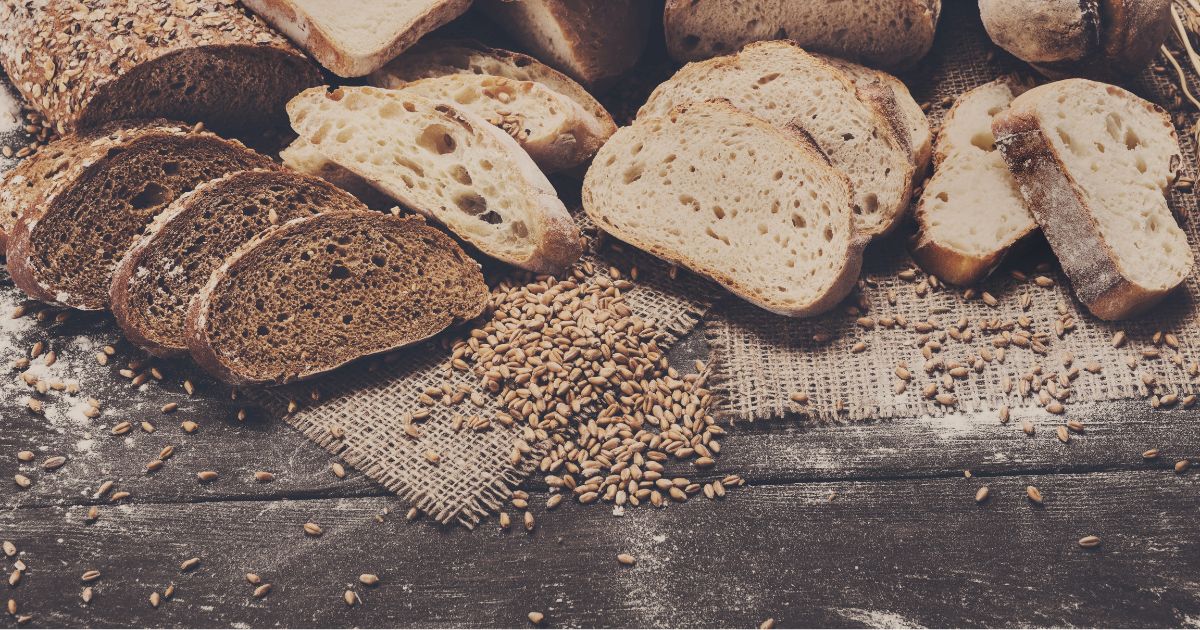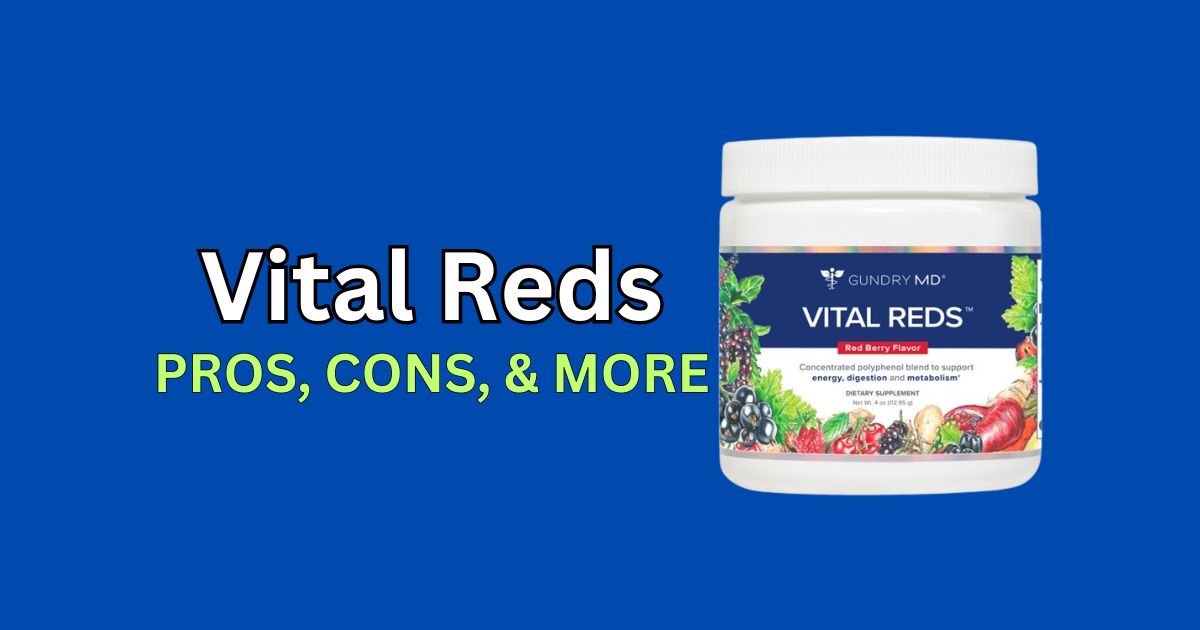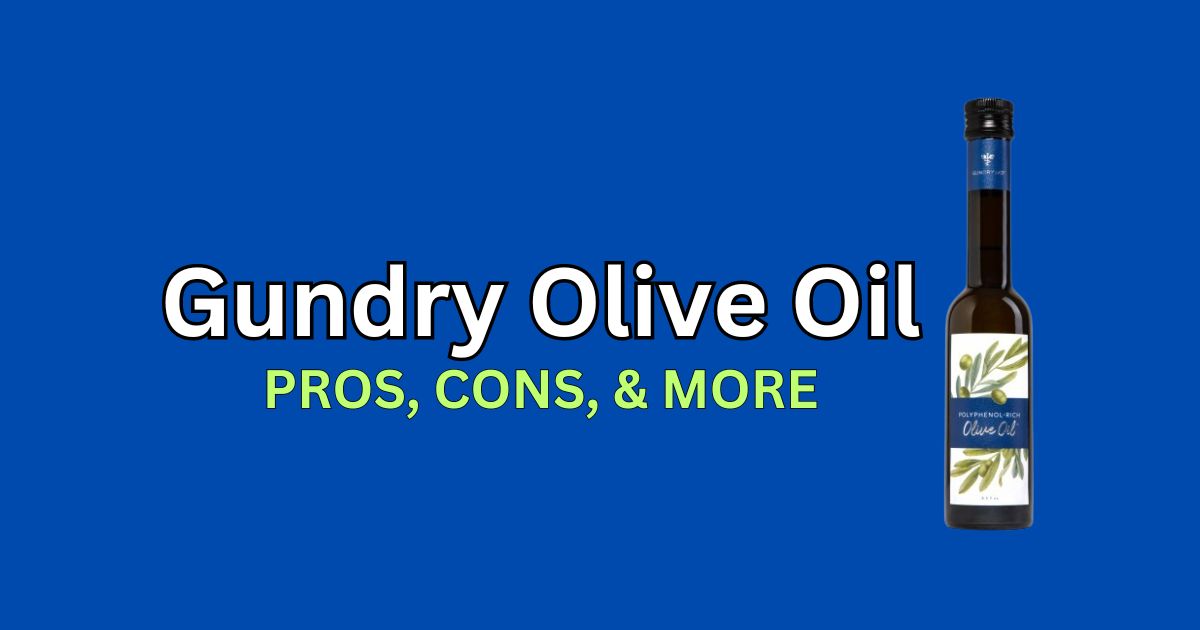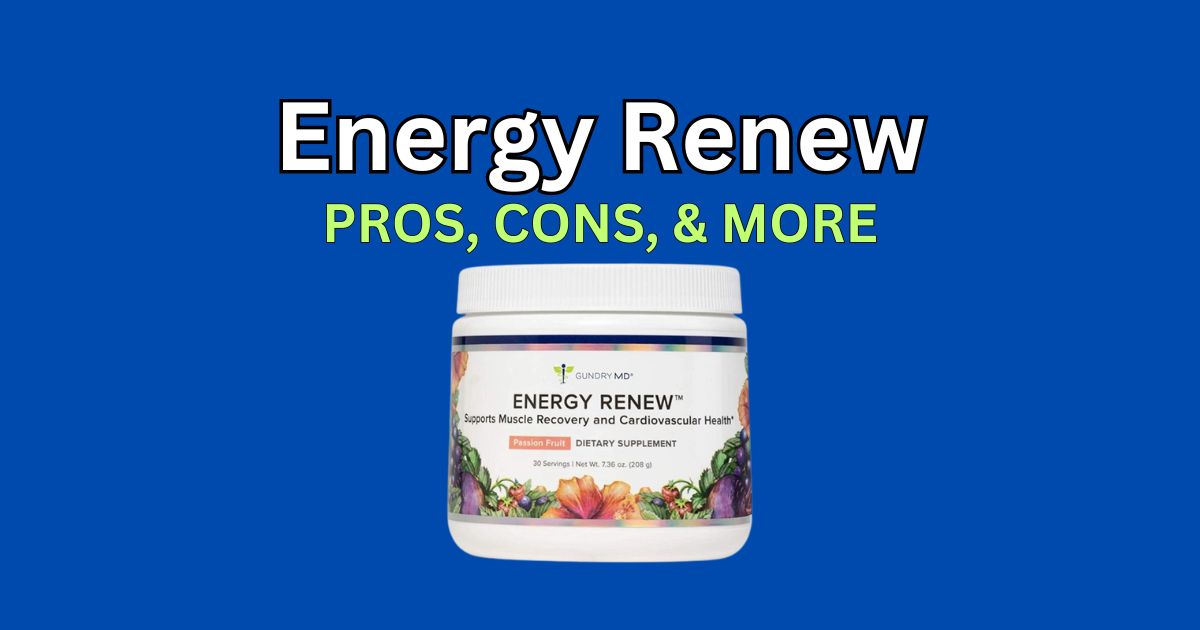Ultimate Guide to Lectin Toxicity: Everything You Need to Know
October 24, 2023
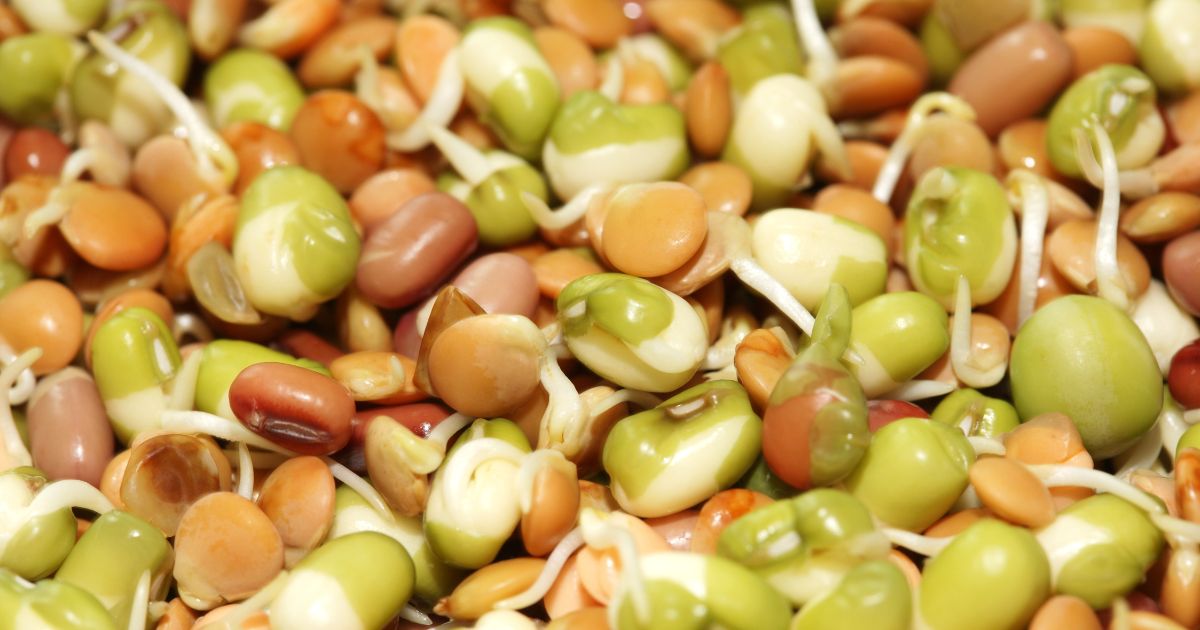
Are you tired of dealing with digestive issues or inflammation? Lectin toxicity might be the culprit behind your discomfort. This comprehensive guide on lectin toxicity will help you understand the causes, identify high-lectin foods, and implement strategies to reduce their harmful effects, so you can enjoy a healthier and more comfortable life. Discover the “ultimate guide to lectin toxicity” to take control of your health today.
Key Takeaways
- Understanding lectin toxicity involves being informed about dietary lectins and their potential health risks, as well as making beneficial changes to reduce intake.
- Identifying high-lectin foods is essential for understanding the impact of these foods on health and making informed decisions.
- Adopting a balanced diet with both low and high lectin content will provide essential nutrients needed for optimal health.
Understanding Lectin Toxicity
Consuming lectins from whole grains, beans, nuts, fruits and vegetables has become an area of health concern as they can cause digestive issues or inflammation for those with sensitivity to them. To address this issue a lectin free diet might be the best solution but one must understand what dietarylectins are and their potential risks before taking on such change in lifestyle. It is important to familiarise oneself with these plant-based proteins because not being aware could lead to complications due to lectin poisoning that might occur after consuming processed foods high in Lectin content
Hence it would be beneficial if certain changes were made like soaking/sprouting food items, boiling or pressure cooking, abstaining from processed products which ultimately helps reduce intake levels ofLectnin thus improving overall well -being thereby avoiding toxicity caused by said protein type .
What are Lectins?
Plants and animals contain lectins, which are a type of carbohydrate binding proteins. Although they offer health benefits in certain cases, high intake or sensitivity can cause digestive problems as well as uncomfortable physical responses such as inflammation to those who consume them. Plant-based foods usually have the reputation of being healthy but it is still crucial to look at their content with respect to these carbs since too much might trigger poor health outcomes.
Not all lectins carry unfavourable effects – some provide helpful advantages instead – but wheat germ agglutinin could lead to autoimmune disorders when present in large amounts and may induce irritation too. Properly preparing food that’s rich with this macromolecule should be done so potential threats on wellbeing can be avoided while making sure any possible gains from consuming Lectins remain accessible .
Causes of Lectin Toxicity
Eating large amounts of lectin-containing foods such as red kidney beans, whole grains and soybeans may result in digestive issues and inflammation that can be detrimental to human health. In some situations, certain cooking techniques or personal sensitivities might also make a person prone to toxicity due to active forms of lectins.
It is necessary to bear in mind that not all types of these proteins are risky. Those found within particular fruits and vegetables have beneficial properties for our wellbeing. To reduce the negative effects caused by high levels of ingested lectins it’s essential understand which foodstuffs contain them then apply appropriate strategies when preparing meals from those sources.
Health Risks of Lectin Toxicity
Reducing the amount of lectins one consumes is essential in limiting inflammation, which can lead to various autoimmune diseases. Decreasing lectin intake helps avoid potential health risks associated with its toxicity such as digestive problems, nutrient deficiencies and damage done to the digestive tract.
To effectively address these issues, individuals should be aware of foods high in lectin content and use proper cooking methods that reduce their quantity consumed. This approach will aid those suffering from chronic inflammation and enhance overall wellbeing if managed properly through a reduction on Lectin consumption
Identifying High-Lectin Foods
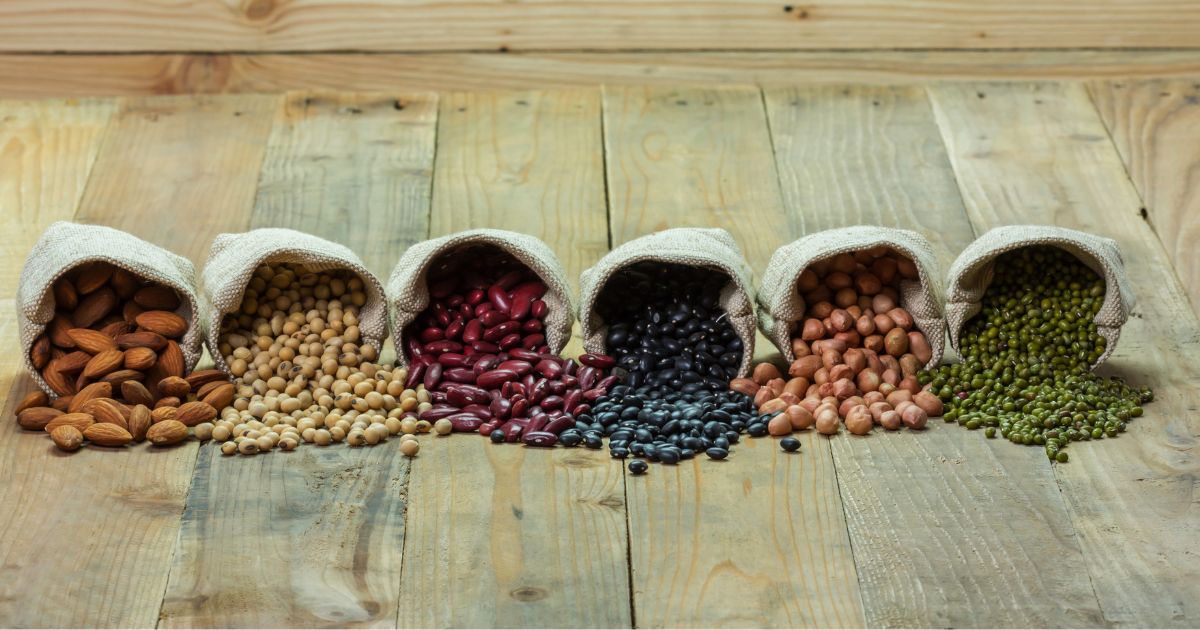
High-lectin foods, also known as lectins, are found in various legumes, grains, seeds and animal products. People with sensitivities should avoid or limit their intake to reduce the chances of digestive problems and inflammation. Examples include peanuts, soybeans, barley, lentils , rice ; red kidney beans , potatoes , split peas etc..
It’s important for people to be aware of how much lectin is present in food that they eat so that one can make informed choices about diet which will help them minimize any harmful effects from consuming too many high-lectin items such as red kidney beans .
Legumes and Grains
Legumes and grains are essential sources of lectins, such as beans, lentils and wheat. These nutritive foods supply vital nutrients but can also be detrimental to health when consumed in copious amounts or uncooked because of their high levels of lectin content. There is a broad range among the varieties concerning how much lectin they contain, e.g rice bean has more than cowpea or lupine seeds have comparatively larger concentrations compared to broad beans- yet by properly preparing legumes through soaking then cooking them adequately it helps minimize this protein’s presence making these edibles safe for eating again.
Seeds and Vegetables
Foods like tomatoes, potatoes and peppers that are part of the seeds and vegetables groups have high levels of lectins. Even though these two food categories contain varying concentrations, it is essential to be mindful about both. Lowering their lectin content can be done through soaking them in water or cooking with boiling/pressure methods which helps make them less dangerous for consumption.
Animal Products
Lectins can be present in animal-derived products, especially those that aren’t pasture raised. The animals may consume plants high in lectin content and these compounds accumulate within them which is then transferred to the meat or other sources derived from such creatures. Eating grass fed meats usually reduces a person’s intake of this type of element compared to livestock not reared on pastures. Consequently, choosing goods stemming from well managed farmlands helps lower overall exposure levels while at the same time averting any prospective hazards associated with ingesting lectins.
Reducing Lectin Toxicity through Proper Cooking Methods

By using cooking techniques such as soaking, sprouting, boiling and pressure-cooking food items with high lectin concentrations you can reduce the amount of harmful toxins present in them. This way not only will your meals be safer to consume but also the risk posed by pathogenic microorganisms is minimized significantly.
It is critical for us to understand that proper culinary methods are imperative when it comes managinglectin toxicity. This habituationwill leadtobetter well beingand an enhanced lifestyle overall – so alwayskeep a keen eye on what’s going intoyour plate!
Soaking and Sprouting
Soaking and sprouting legumes, such as mung beans, alongside grains can help reduce the amount of lectin they contain. This is helpful in avoiding digestive disturbances that may be caused by eating these foods with high levels of lectins present. In order to fully enjoy their benefits it’s important to take a few steps for optimal results:
Firstly soaking them using clean water before rinsing multiple times during this process followed finally discarding the soakwater once done. All helps enhance not only flavour but also nutritional value while reducing potential gastrointestinal discomfort from an excessive intake of dietary lectins .
Each time you plan on utilizing both techniques – soaksprouts – keep in mind certain guidelines like ensuring freshness when starting off though refraining from dropping useful pieces throughout i.e information related regarding health issues associated with consuming aforesaid food sources may arise due presence/excess amounts found therein hence leading us back to fundamental basis which made implementing below procedures imperative itself!
Boiling and Pressure Cooking
Pressure cooking is a highly effective way of decreasing the levels of lectin in food, since it performs more efficiently than regular methods. Cooked beans for instance can be rendered harmless by being cooked under pressure with 7.5 minutes as minimal time limit to deactivate toxins from them. With different foods having varying amounts of safe preparation duration when making use of this method, lentils may take up to 40+ minutes before they are truly ready and all their toxic content neutralized – anything less that 20 mins likely won’t produce optimal results despite pressures applied on the meal items themselves.
Managing Lectin Sensitivities

Recognizing your lectin sensitivities and collaborating with a healthcare provider is essential to formulating an individualized diet plan. Through this approach, it will enable you to prevent any potential reactions related to the sensitivity while ensuring that your nutrition stays balanced and healthy. Identifying which foods are not suitable for consumption also forms part of this process in managing lectin sensitives so as to create a personalized meal program for yourself.
Elimination Diet
Adhering to an elimination diet is a great way of determining which foods can cause sensitivity and should be consumed in moderation or avoided entirely. It involves first planning with your doctor, then ceasing consumption for all potential allergens/sensitivity-causing items over the course of three weeks. After that comes reintroducing each food one by one while evaluating any reactions it may trigger – this helps you recognize what causes lectin sensitivity so that you make dietary choices based on informed decisions, thus improving overall health. The exact duration needed for following such a diet will depend upon individual circumstances as well as instructions from healthcare professionals involved.
Consultation with a Healthcare Professional
A healthcare professional can assist in managing and maintaining a healthy diet with lectin sensitivities. Through specific tests, such as the Lectin Zoomer which identifies lectin-related antibodies, you will receive personalized guidance on how to handle your situation. This includes tailored dietary modifications along with recommendations for supplements and strategies to successfully manage lectures sensitivity or intolerance.
By consulting an expert about this issue it enables proactive steps towards sustaining balance when dealing with food containing these compounds that could cause adverse effects if not properly managed.
The Role of Supplements in Lectin Protection
Dr. Steven Gundry, a renowned expert in the lectin-free lifestyle, has created Lectin Shield to inhibit lectins from attaching themselves and compromising gut health. This remedy can be taken daily for maximum effectiveness and added protection against negative consequences of dietary intake related to sensitive reactions towards certain proteins called lectins.
To taking supplements like Lectin Shield, incorporating other methods such as probiotics or digestive enzymes into your diet will help ensure adequate defense against potential harm caused by these compounds while supporting overall well being through improved intestinal tract functions.
Benefits of Lectin Shield
Lectin Shield is designed to provide protection from the negative effects of lectins, by preventing them from sticking to cells. This product consists of N-Acetyl D-Glucosamine, Bladderwrack, D-Mannose, Okra Fruit and Mucin. Taking Lectin Shield daily can help you improve digestion, reduce bloating and gas while supporting your gut microbiome health.
It is recommended that two capsules be taken with meals as per label instructions for optimal results in shielding against harmful lectins’ side effects on the body’s digestive system. Introducing this supplement into your everyday routine will make a difference regarding balancing healthy levels within our intestinal tract environment – improving overall functioning along with greater efficiency during nutrient absorption & assimilation processes too!
Other Helpful Supplements
For those suffering from lectin sensitivities, supplements such as probiotics and digestive enzymes are an invaluable aid in maintaining gut health. Probiotics can help sustain intestinal stability while easing any connected allergies or other concerns related to the consumption of certain lectins. On the other hand, specialised digestive enzymes effectively break down irritating proteins into smaller molecules that will no longer cause damage nor inflammation to your gastrointestinal tract.
Many brands offer products intended for reducing lectin sensitivity including Gundry MD Lectin Shield. Supersmart’s Lecting Flush. And 4YourType’s Deflect Lectin Blocker, all helping you efficiently manage your condition better without compromising on essential nutrition intakes.
Debunking Myths about Lectins

It is significant to grasp that not all lectins have an adverse effect, and thus a nutritious diet is essential in sustaining our health. While some of these substances can lead to inflammation or digestive issues, others are innocuous or even beneficial for certain people with varying sensitivities depending on the particular lectin present.
A balanced consumption of different kinds of foods – both high-lectin ones and low-lectin varieties alike – should be used as part of one’s overall dietary plan since it offers key components such us minerals, vitamins, fiber antioxidants plus healthy fats which help foster immunity system functioning while aiding digestion & weight control also reducing chances for many chronic illnesses like heart disease among other ailments .
Not All Lectins Are Harmful
It is essential to be aware of potential natural toxins, like certain lectins that may cause harm to human health. There are also benefits associated with consuming a variety of foods containing non-toxic lectins which can support overall wellbeing and immune function. Stimulating digestion as well as providing important nutrients makes the inclusion of these items in one’s diet beneficial for individuals who take into consideration their sensitivity towards this type of food intake. Acknowledging not all forms pose risks helps you make wise decisions on your consumption patterns thus leading an improved lifestyle filled with good health comforts.
The Importance of Balance
A healthy diet which contains a variety of foods – both high and low in lectins- is essential for maintaining optimal wellness. Incorporating different sources from the two categories allows us to access valuable nutrients that help support our immune system, digestive health, weight management as well as reduce risk of cardiovascular disease. To ensure all aspects are fulfilled properly we should have an equal balance between these food items when it comes to meal planning. This approach can be useful in managing sensitivities towards certain lectin substances while still allowing your body’s required nutrition at proper levels for flourishing good health.
Summary
In sum, utilizing methods to lessen the damaging repercussions of lectin can remarkably improve your wellbeing. You are able to safeguard yourself against harm brought on by these proteins through knowing which foods contain high amounts of them and employing proper cooking techniques, designing a tailor-made diet plan that caters for any sensitivities you may have as well as supplementing with Lectin Shield. All this will lead you towards better health while still maintaining balance in what you eat.
Frequently Asked Questions
What are the 3 superfoods Dr. Gundry says to avoid?
Dr. Gundry advises avoiding goji berries, chia seeds and wheat grass as they are considered ‘superfoods’.
What neutralizes lectins?
Soaking beans in water, with baking soda added to the liquid, for at least 12 hours and then discarding it followed by rinsing can help reduce lectin content. Wet-heat cooking methods like boiling or stewing also are known to deactivate these molecules.
How do you flush lectins out of your body?
Adding D-Mannose rich fruits such as cranberries, oranges, peaches and blueberries to your diet can help bind the lectins and flush them out of your body.
Why does Dr. Gundry say don’t eat avocado toast?
Dr. Gundry warns against consuming avocado toast since the bread component is packed with calories, thus posing a threat to one’s health.
What are some common high-lectin foods?
Many foods contain high levels of lectin, such as beans, lentils, seeds, vegetables and animal products. Whole grains are also a source of this compound.
